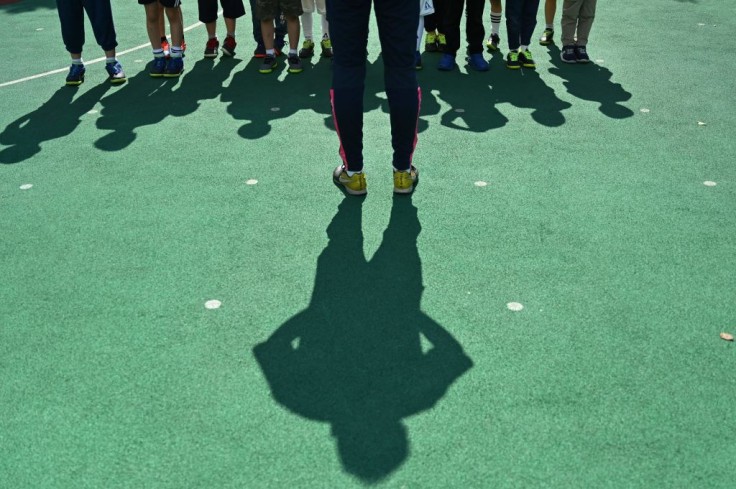
Classes may have started in many parts of the U.S. this fall season, but it's still too hot for school for some kids, who have been suffering headaches and nosebleeds due to the intense heat.
At the San Juan Elementary School in California, parents told Action 8 News that their children have been complaining about the heat in their classrooms. Mom Dulce Montoya said that her child often goes home with his hair wet from sweating a lot in class. She has also heard from other mothers that their children have experienced headaches and bloody noses.
The parents felt the heat first-hand during the back-to-school meeting with school officials on a Wednesday night to solve the problem. The school decided to buy fans for each classroom, but the parents said it was not enough.
What some schools are doing to combat the intense heat
Engineering professor Paul Chinowsky prepared a report on "The Cooling Crisis" across American classrooms and learned that 40 percent of schools do not have air conditioning. In the 1970s, nearly 14,000 U.S. schools did not need air conditioning, but he said those schools now need to adapt and install a cooling system by 2025.
The professor told ABC News that climate change has worsened the environment and implied that the heat would become a serious public health issue in the coming years. While there is no need to panic, he advised schools to devise solutions as the intense heat will make it more difficult for kids to concentrate on their school work, apart from making them sick.
In Denver, at least 26 schools decided to shift class schedules so the kids would not suffer through the forecasted heat days. Parents will also be advised if their children must go home earlier when the afternoon heat becomes too hot for school.
In Cleveland, some school districts have returned to online classes until the classrooms are better equipped with cooling units. Cleveland Metropolitan School District head Eric Gordon said that the solution would not be quick or cheap because they have to rewire the electrical circuits of old buildings. The district has a long-term plan of renovating and rebuilding some structures to adapt to climate change.
In San Diego, the school district finally started with the renovation of the 140-year-old state high school in May. Work on the cooling systems for each classroom is expected to finish by 2025, with a cost of $73.9 million.
Nearby, Rancho Bernardo High and the Bernardo Heights Middle School have been supplied with portable cooling systems, but these will not last long-term use. So, in addition to the portable units, physical education classes have been moved to shaded areas, and activities are less strenuous so the kids won't become dehydrated.
More green spaces for the school kids
Meanwhile, instead of air conditioning units, some parents are advocating for more green spaces or parks with sunshades on the playgrounds for children. Dr. Michael Méndez, a California professor on environmental policy, said that asphalt on the ground is making schools 30 to 50 degrees hotter because this absorbs and reflects heat.
Speaking with ABC7, Méndez said that asphalt school surfaces feel like being inside an oven or sauna, triggering the body's stress response, so people develop headaches and symptoms of heat stress. Communities lacking green spaces also have a high percentage of people with asthma.
Some school communities have started planting more trees and are converting asphalt grounds into smaller green spaces. However, more funding will be needed to achieve a greater outcome.
Related Article: Beat the Heat with These Fast and Easy Cooling Tricks to do at Home